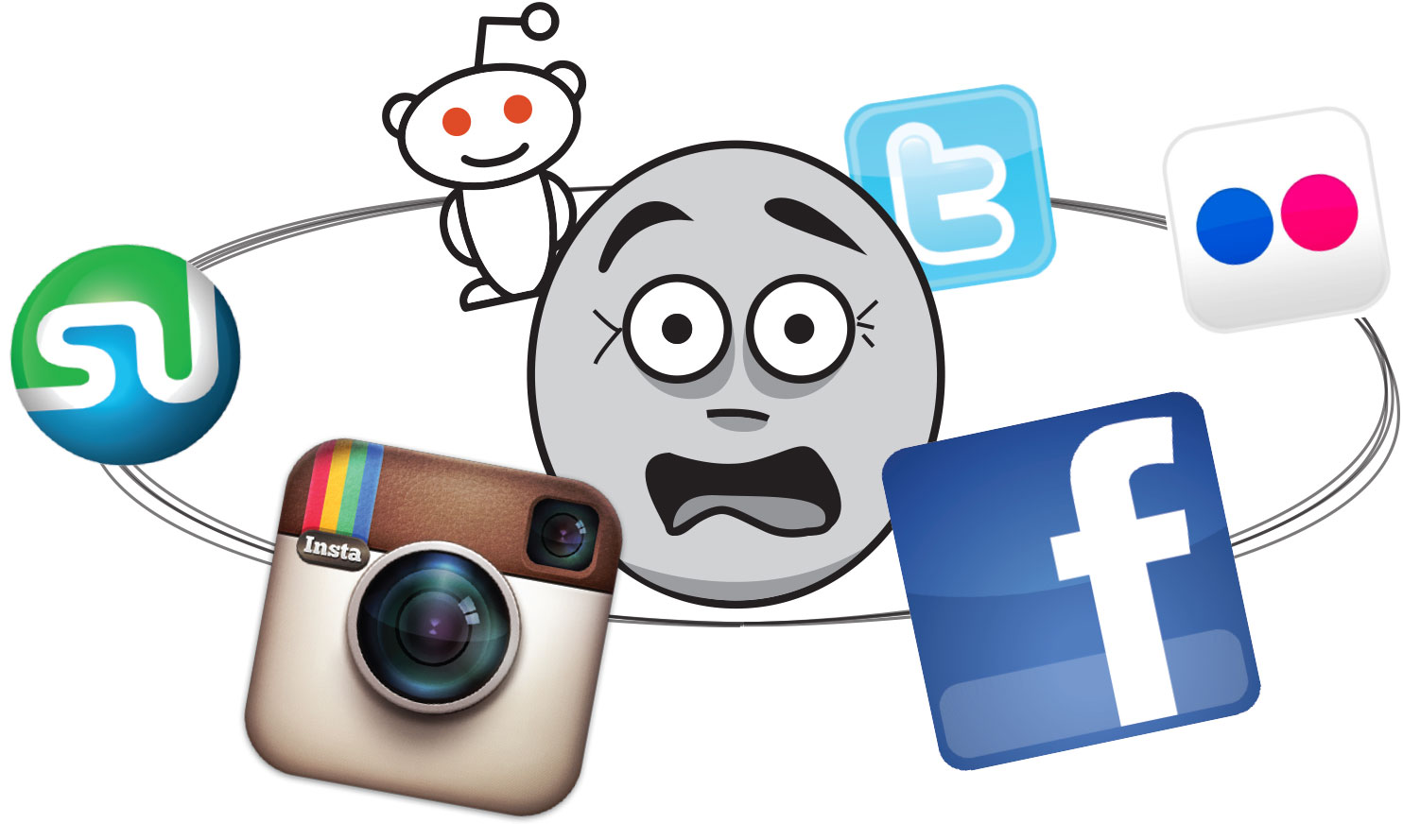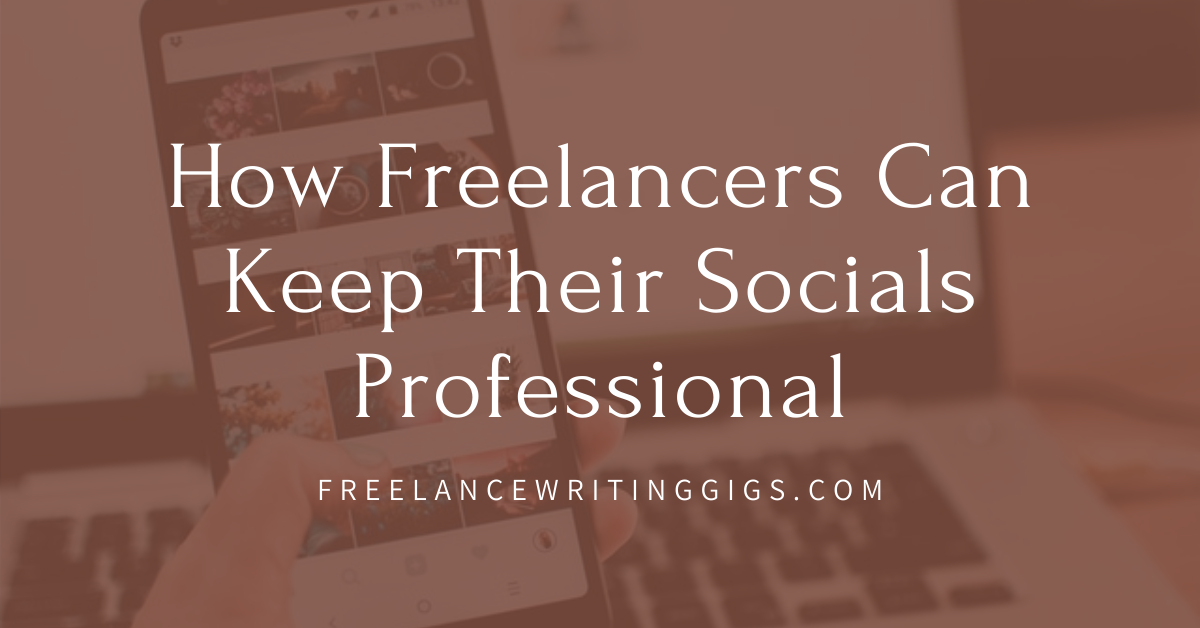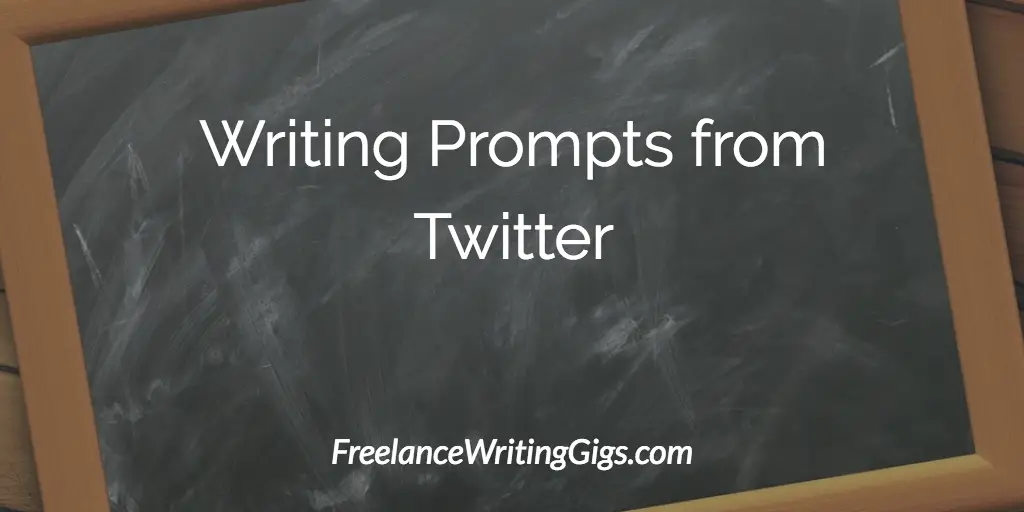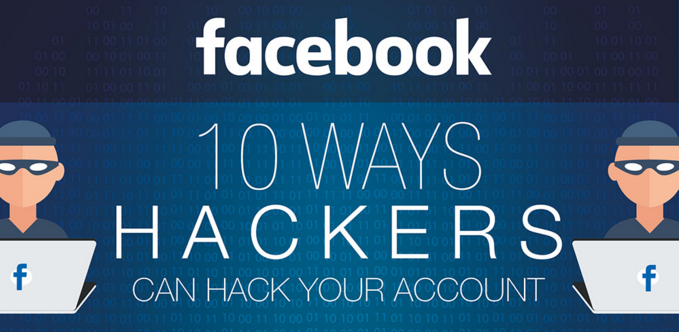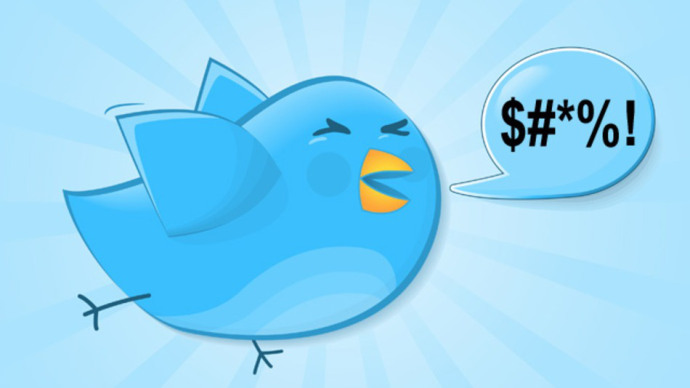social media
-
How to Use LinkedIn to Get Freelance Writing Jobs
In a tough economy with so many people out of work, finding…
-
Don’t Forget Grammar in Your Social Media Posts
Marketers break grammar rules with catchy slogans and tag lines all the…
-
How Freelancers Can Keep Their Socials Professional
By now it should be clear to us all that one of…
-
Instagram, Facebook, or Twitter: Which is Better for Freelancers?
Social media is a marketing powerhouse, and no matter what platform you…
-
4 Tips For Building a Following As a Freelance Writer
The freelance writing life is a hustle. Though some writers focus on…
-
Get Through Hump Day With These Writing Prompts From Twitter
While Wednesday is traditionally a low day for workers – who wants…
-
Protect Your Facebook Account From Hackers By Knowing How They Operate
Last week, I shared a meme on Facebook that was a big…
-
6 Social Media Habits That Will Kill Your Freelance Writing Career
So we all know that what we post on social media can…
-
The No-Brainer Correlations Between Blogging and Social Media
Editor’s note: This post was written by Aby League, a qualitative researcher…
-
3 Essential Tips to Stand Out as a Writer
Editor’s Note: This was written by the Ebyline staff, a site that connects publishers…


